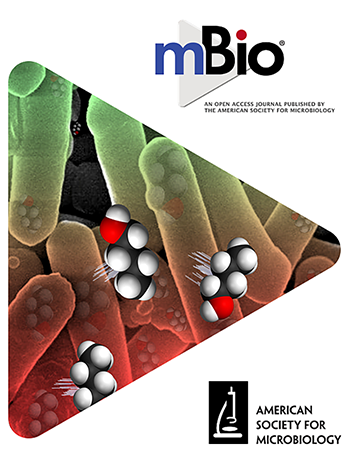Abstract
Candida auris emerged as a human fungal pathogen only during the past decade. Remarkably, C. auris displays high degrees of genomic diversity and phenotypic plasticity, with four major clades causing hospital outbreaks with high mortality and morbidity rates. C. auris can show clinical resistance to all classes of antifungal drugs, including echinocandins that are usually recommended as first-line therapies for invasive candidiasis. Here, we exploit transcriptomics coupled with phenotypic profiling to characterize a set of clinical C. auris isolates displaying pronounced echinocandin resistance (ECN-R). A hot spot mutation in the echinocandin FKS1 target gene is present in all resistant isolates. Moreover, ECN-R strains share a core signature set of 362 genes differentially expressed in ECN-R isolates. Among others, mitochondrial gene expression and genes affecting cell wall function appear to be the most prominent, with the latter correlating well with enhanced adhesive traits, increased cell wall mannan content, and altered sensitivity to cell wall stress of ECN-R isolates. Moreover, ECN-R phenotypic signatures were also linked to pathogen recognition and interaction with immune cells. Hence, transcriptomics paired with phenotyping is a suitable tool to predict resistance and fitness traits as well as treatment outcomes in pathogen populations with complex phenotypic diversity.
IMPORTANCE The surge in antimicrobial drug resistance in some bacterial and fungal pathogens constitutes a significant challenge to health care facilities. The emerging human fungal pathogen Candida auris has been particularly concerning, as isolates can display pan-antifungal resistance traits against all drugs, including echinocandins. However, the mechanisms underlying this phenotypic diversity remain poorly understood. We identify transcriptomic signatures in C. auris isolates resistant to otherwise fungicidal echinocandins. We identify a set of differentially expressed genes shared by resistant strains compared to unrelated susceptible isolates. Moreover, phenotyping demonstrates that resistant strains show distinct behaviors, with implications for host-pathogen interactions. Hence, this work provides a solid basis to identify the mechanistic links between antifungal multidrug resistance and fitness costs that affect the interaction of C. auris with host immune defenses.
